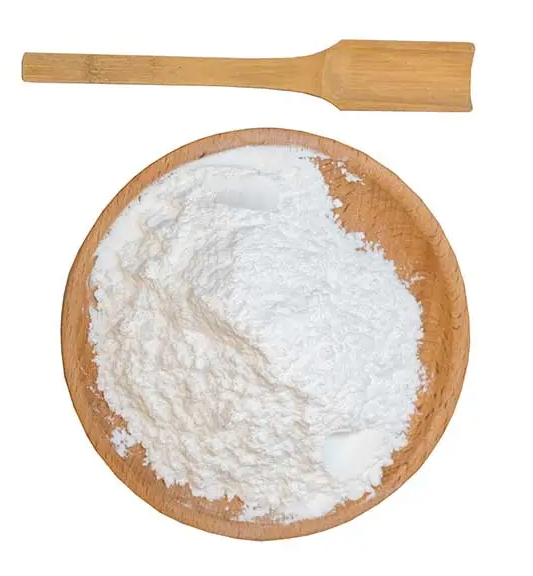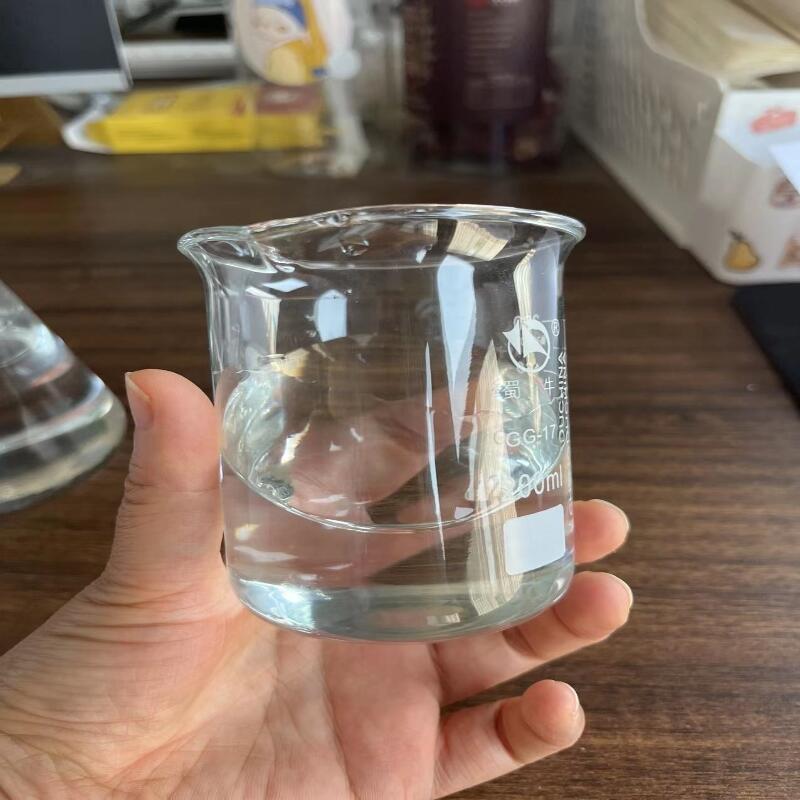Observation of the structure and function of plant roots
-
Last Update: 2021-01-10
-
Source: Internet
-
Author: User
Search more information of high quality chemicals, good prices and reliable suppliers, visit
www.echemi.com
related topics1. The purpose of the experiment
1. Learn about the internal construction of the root tip.
2. Understand the initial structure of the root and the structure of the first birth.
3. Master the absorption
secretion
root tip of a plant., experimental principle
from the top of the root to the root hair, called the root tip, the main root, side root and the indeter seismatic root all have root tip. The root tip is the most active part of life activity in the root, and the growth of the root and the formation of
tissue
the root are carried out at the root tip. The root tip is generally divided into four parts: root crown, sub-living area, elongation area and mature area. Through the division, growth and differentiation of the root tip-tip biogenic tissue, the plant develops a mature root structure, a growth process caused by the growth process caused by the growth and maturation of the top-tip sethicated tissue and its derived cells, called primary growth. The mature tissues formed by the initial growth belong to the primary tissue, and the organ structure they form together is called the primary structure. From the mature area of the root to make a horizontal cut or vertical, it is clear that the root's primary structure from the outside to the inside, respectively, the skin, cortical layer and tube column (Figure 5-1).← part of the 5-1 cross-cutting surface of the chart, showing the initial structure
A. Organization of near foreign parties; B. The column of the
l. the skin; 2. The cortical layer; 3. the endothal layer; 4. the mid-column; 5. the primary wood part; 6. the posteriogenic wood part; 7. Primary ligaments
Most gemal and naked plant roots continue to grow secondaryly after the initial structure matures, forming secondary structures, including secondary tube tissue and perithymite skin, but the roots of some herb gemal and most single-leaf plants are usually no longer secondary. The secondary tube organization of the root is the result of the layer activity of the tube formation. The tube formation layer originated from the division of the original formation layer cells between the primary woody part and the primary ligament, and later the middle column cells opposite the primary wood part also split and expanded to both sides, the inner subcells of which participated in the formation of the tube formation layer, thus forming a continuous tube formation layer surrounding the outer side of the primary wood. New cells produced by layer division of the tube formation, some of which differentiate inwards, forming the secondary woody part and the other part forming the secondary ligament outwards, thus thickening the roots. In the roots of some plants, the formation layer cells derived from the mid-column cells tend to divide and form wide rays, while in others the tube rays form narrower. As a result of secondary growth, many new secondary tube tissues are added to the inside of the root each year, making the roots ever thicken. Therefore, the outer skin and cortical layer of the column are often pulled, squeezed, and finally broken in the process of root coarseness. Usually, before the cortical tissue is destroyed, the central column cells of the root resume their division activities, forming a wood hydrant formation layer. The wood bolt formation layer is cut and split, the wood bolt layer is produced outwards, and the inner layer of the bolt is produced inward. The wood bolt layer, the wood bolt formation layer and the inner layer of the bolt together form the peri-skin, replacing the skin to protect. After the perithor skin occurs, the cortical tissue, including the endotrhea, is separated from the rest of the root, and dies and falls off as a result of the cut-off of the feed. Roots have the functions of fixing, absorbing, conducting, and compositing. Plant roots are selective in the absorption of mineral elements. The absorption of ions by the root system is not proportional to the number of ions in the solution, and the difference between the absorption of anions and cations in the same salt class by the root system changes the pH of the salt solution, thus proving that the plant root system has selective properties for ion absorption. Plant root system can synthesize
amino acids
,
protein
, sugar and other substances necessary for life activities, at the same time the root can also excrete some substances, such as amino acids, sugars, amylase, amylase, etc., to change the
microbial
environment around the root, promote the absorption of the root system.3. Experimental supplies
(i) materials slides, cover slides, artisan root tip vertical slices, corn root tip vertical slices, broad bean roots and hairhorizontal slices, wheat root or tail root horizontal slices, barley or corn germination fresh materials
ii) equipment
microscope
, dropper, water-absorbing paper, wipe paper, pH
or H
Paper
, filter paper,
reagents
bottles,
cultured
dishes
(iii) reagents Distilled water, I2-KI aqueous solution f, experimental operation
(1) root tip structure
take the root tip vertical slice or corn root tip slice, in order to observe the following parts
1 under the microscope: Root crown: At the top of the root tip, a thin-walled cell arranged loosely by several layers is shaped like a cap and has the function of protecting the growth dimensionality.
2. Growth cone (sub-region): within the root crown, composed of tightly arranged small polyhedron cells, cytoste thick, nuclear, sub-living tissue, with strong thermal division capacity
3. Elongation area: located above the growth cone, from the growth cone
cell division
from the growth cone, its cells grow rapidly on the one hand, on the other hand gradually differentiated into different tissues.
4. Root hair area (mature area): Above the elongated area, the growth of the cell's director has stopped and has been differentiated into various mature tissues, the outer wall of its cortical cell protrudes outwards to form the root hair, which is the main absorption tool of the root.
。
This article is an English version of an article which is originally in the Chinese language on echemi.com and is provided for information purposes only.
This website makes no representation or warranty of any kind, either expressed or implied, as to the accuracy, completeness ownership or reliability of
the article or any translations thereof. If you have any concerns or complaints relating to the article, please send an email, providing a detailed
description of the concern or complaint, to
service@echemi.com. A staff member will contact you within 5 working days. Once verified, infringing content
will be removed immediately.






